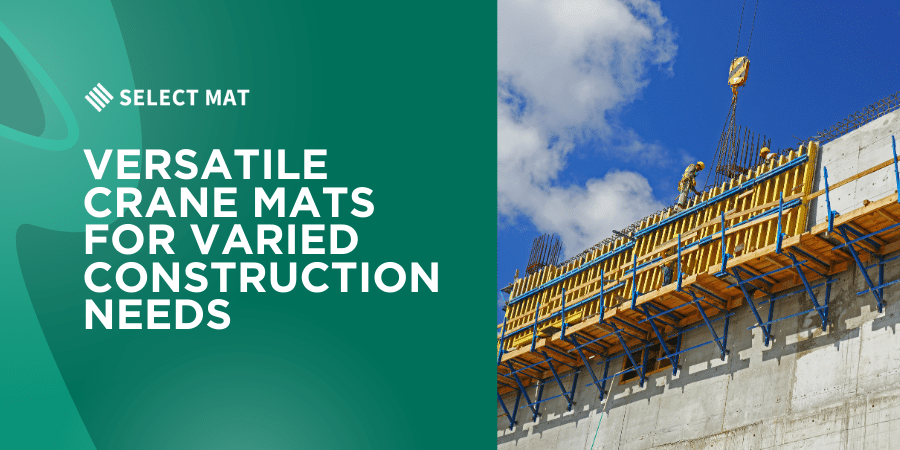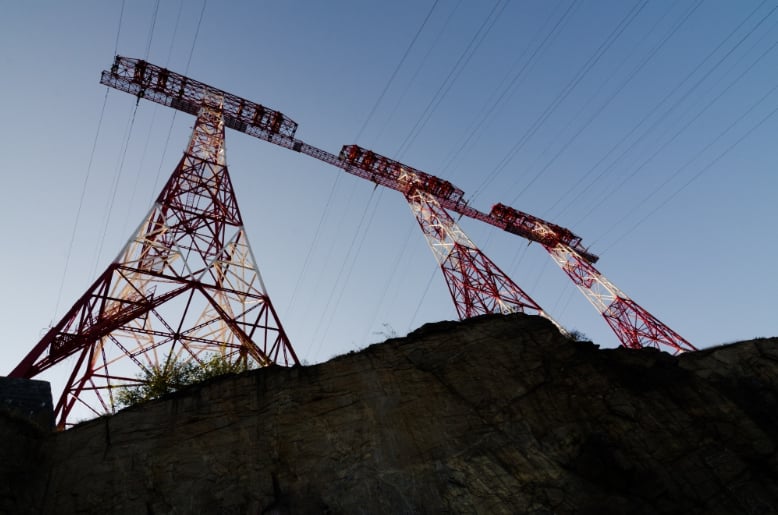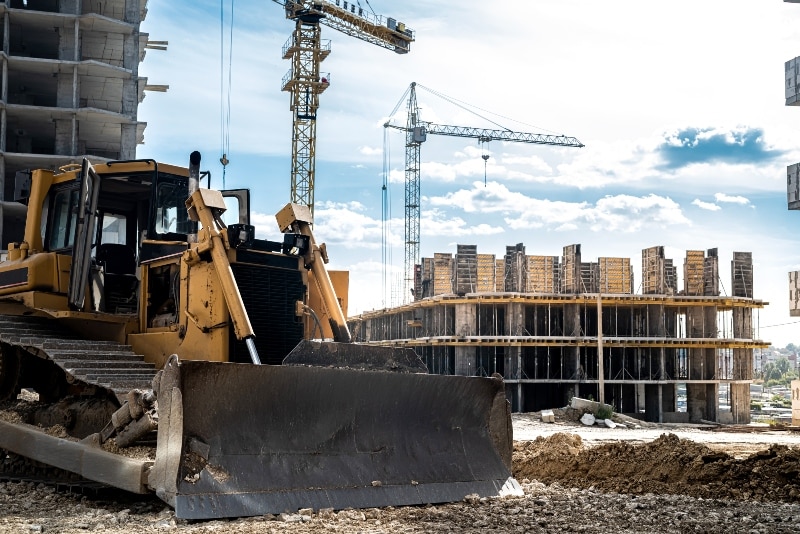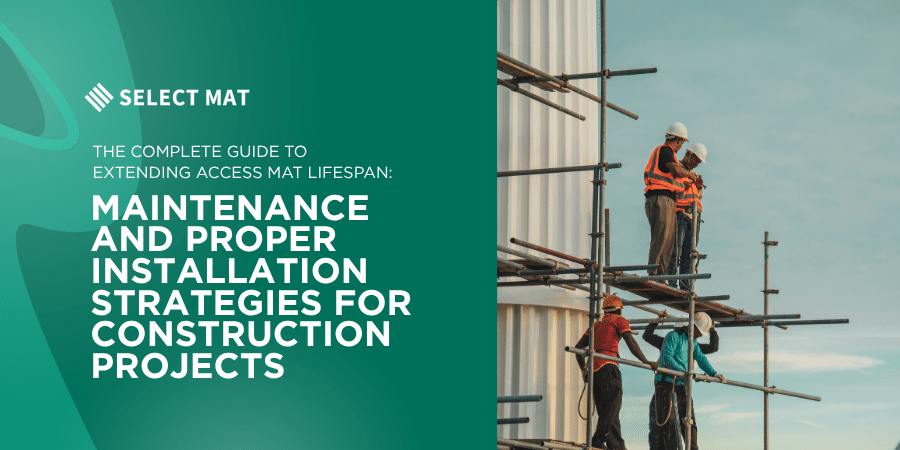Understanding the Value of Crane Mat Versatility in Construction
The construction industry demands equipment that can perform across various terrains, weather conditions, and project types. Crane mats have emerged as essential assets for site managers and project supervisors seeking to maintain safety, efficiency, and environmental compliance while adapting to changing project needs.
Rental customers particularly benefit from crane mat versatility, as it allows them to secure the exact resources needed for each phase of a project without the long-term investment of purchasing. This flexibility enables contractors to scale their matting solutions up or down based on immediate requirements, optimizing both performance and budget allocation.
Types of Crane Mats for Different Applications
The versatility of crane mats begins with the variety of options available to rental customers. Each type offers specific advantages depending on the construction application.
Timber Crane Mats
Constructed from dense, durable hardwood timbers typically 8–12 inches thick, these traditional mats excel in supporting extreme weights. They’re particularly valuable for:
- Pipeline construction across unstable ground
- Supporting heavy cranes and loaders on a variety of projects
- Distributing the weight of equipment to prevent sinking or topples
Timber crane mats provide excellent load distribution and are often preferred for projects requiring maximum weight support and durability.
Crane Mats Across Various Construction Environments
Pipeline Construction Applications
Pipeline projects often traverse diverse terrains, from wetlands to rocky ground. Crane mats provide:
- Stable foundations for welding and assembly operations
- Protection for sensitive environmental areas during pipeline installation
- Safe pathways for heavy equipment transporting pipe sections
- Temporary platforms for material staging and equipment maintenance
By renting the appropriate mix of crane mats, pipeline contractors can navigate changing ground conditions while maintaining productivity and environmental compliance.
Transmission & Distribution Projects
T&D construction presents unique challenges, particularly when working in remote areas or around existing infrastructure. Crane mats deliver:
- Stable working platforms for tower assembly
- Protection for underground utilities during excavation work and air bridging
- Weight distribution for heavy equipment operating near existing structures
For T&D project managers, the ability to rent specific mat configurations for each phase of construction ensures operational flexibility without requiring significant capital investment.
Safety Benefits of Versatile Crane Matting
Ground Stabilization and Load Distribution
Unstable ground presents serious hazards to both equipment and personnel. Properly deployed crane mats:
- Prevent dangerous equipment tilting or sinking
- Distribute heavy loads across wider surface areas
- Create level working surfaces in uneven terrain
- Reduce the risk of sudden ground failure under equipment
For safety compliance officers, the ability to quickly adapt matting configurations to address emerging ground stability issues represents a crucial advantage of rental solutions.
Enhanced Worker Mobility and Fall Prevention
Construction sites often become muddy, slippery hazards after weather events. Crane mats provide:
- Clean, stable walkways for personnel movement
- Reduced slipping and tripping hazards
- Consistent footing regardless of ground conditions
Site supervisors can rapidly deploy rented crane mats to address safety concerns following weather changes, maintaining productivity while protecting workers.
Weather Adaptation
Construction doesn’t stop for weather, but conditions can dramatically affect site safety. Versatile crane mat rentals allow contractors to:
- Quickly establish dry work areas after rainfall
- Create drainage pathways to manage water accumulation
- Protect sensitive ground from freeze-thaw cycles
- Maintain operations during seasonal changes
Environmental Protection Through Strategic Matting
Erosion Control and Soil Protection
Ground disturbance can lead to serious environmental consequences. Properly deployed crane mats:
- Minimize soil compression and rutting
- Prevent erosion during heavy equipment operation
- Protect root systems of nearby vegetation when properly installed
- Reduce sediment runoff into waterways
Reduced Site Remediation Requirements
Every construction project eventually concludes, requiring site restoration. Crane mats help minimize remediation needs by:
- Containing equipment leaks and spills for easier cleanup
- Preserving original ground contours and vegetation
- Preventing deep soil disturbance that requires extensive restoration
- Creating defined work zones that limit the project’s environmental footprint
By renting rather than purchasing mats, contractors can select the precise configuration needed to minimize environmental impact for each specific project.
Cost Efficiency Through Flexible Rental Solutions
Right-Sizing for Project Requirements
Construction projects rarely maintain consistent equipment needs throughout their duration. Mat rental allows:
- Scaling matting solutions up or down as equipment requirements change
- Adjusting mat types to match specific phases of construction
- Avoiding capital investment in equipment used only temporarily
- Allocating resources precisely where needed without excess
Eliminating Maintenance and Storage Costs
Ownership of construction equipment comes with significant hidden costs. Rental customers avoid:
- Long-term maintenance requirements for mat inventory
- Storage space allocation when mats aren’t in use
- Transportation logistics between multiple project sites
- Depreciation of owned assets
Selecting the Right Crane Mat Rental Solution
Assessment of Ground Conditions
Effective matting begins with understanding the specific challenges of each site:
- Soil type and load-bearing capacity
- Presence of groundwater or drainage issues
- Topographical variations requiring leveling
- Environmental sensitivities requiring specialized protection
Equipment Specifications Matching
Different construction equipment places varying demands on supporting mats:
- Weight distribution patterns of specific machinery
- Dynamic loads created during operation
- Turning radius and movement requirements
- Specialized mounting or stabilization needs
Project Timeline Integration
Construction schedules often involve complex sequencing of operations:
- Determining optimal delivery timing for mat placement
- Planning for mat relocation as work progresses
- Scheduling removal to align with project completion
- Adapting to schedule changes without disruption
Conclusion: Maximizing Project Success Through Versatile Matting Solutions
The versatility of crane mats represents a strategic advantage for construction professionals managing pipeline, T&D, and other complex projects. By renting rather than purchasing these essential assets, contractors gain the flexibility to adapt to changing conditions while optimizing both safety and efficiency.
For site managers, equipment operators, and project supervisors, understanding the full range of available matting options opens possibilities for innovative problem-solving across diverse construction challenges. As projects continue to face increasing demands for environmental responsibility alongside operational performance, versatile crane mat rental solutions provide a pathway to meeting these dual objectives.
By leveraging the adaptability of crane mats into a complete matting plan, construction professionals can transform challenging site conditions into manageable work environments, ensuring project success regardless of terrain, weather, or equipment requirements.
FAQ: Versatile Crane Mats for Varied Construction Needs
1. What makes crane mats a versatile solution for construction projects?
Hardwood timber crane mats offer adaptable load support, rapid deployment, and environmental protection across diverse terrains, weather conditions, and equipment types.
2. When should I choose timber crane mats?
Timber crane mats (8–12″ thick) excel under extreme loads and in rugged environments such as new pipeline construction and Power Transmission tower sites. They distribute heavy equipment weight effectively and resist crushing on unstable or rocky ground.
3. How do crane mats support pipeline construction?
- Stable work platforms for welding, assembly, and pipe hauling
- Temporary access across wetlands and uneven ground
- Protection of sensitive terrain with minimal environmental disturbance
4. What advantages do crane mats offer in T&D projects?
- Crane-support platforms with precise load distribution
- Bridge mats for temporary roadways over ditches or small streams
- Outrigger mats for focused load support near existing infrastructure
5. How do crane mats enhance site safety?
- Stabilize unstable ground to prevent machinery tilting or sinking
- Create non-slip pathways for personnel and equipment
- Define clear traffic routes
- Adapt quickly after weather events to maintain safe work zones
6. In what ways do crane mats protect the environment?
- Minimize soil compaction and rutting, preserving natural drainage
- Prevent erosion and sediment runoff into waterways
- Limit vegetation damage by bridging sensitive areas
- Contain spills and simplify site remediation at project end
7. How does renting crane mats improve cost efficiency?
- Right-size mat inventory for each project phase—no idle assets
- Convert capital expenses into predictable operational costs
- Eliminate storage, maintenance, and long-term depreciation fees
- Scale mat types and quantities up or down as work progresses
8. What factors should I consider when selecting a crane mat rental solution?
- Ground conditions: soil type, moisture, slope, and drainage
- Equipment demands: static and dynamic loads, turning radii
- Project timeline: delivery, relocation schedules, and removal dates
- Environmental constraints: wetland regulations and habitat protection
9. How do I integrate crane mats into my project schedule?
- Collaborate with your rental partner for phased deliveries aligned with work fronts
- Plan mat relocation as crews move through pipe segments or tower sites
- Schedule removal to coincide with final inspections or restoration activities
- Maintain open communication for rapid adjustments under changing conditions
10. What steps ensure optimal crane mat performance on site?
- Conduct a thorough site assessment and clear obstacles before placement
- Use proper handling equipment for safe, gap-free installation
- Perform daily inspections for shifting or damage and address issues immediately
- Follow environmental and safety protocols




